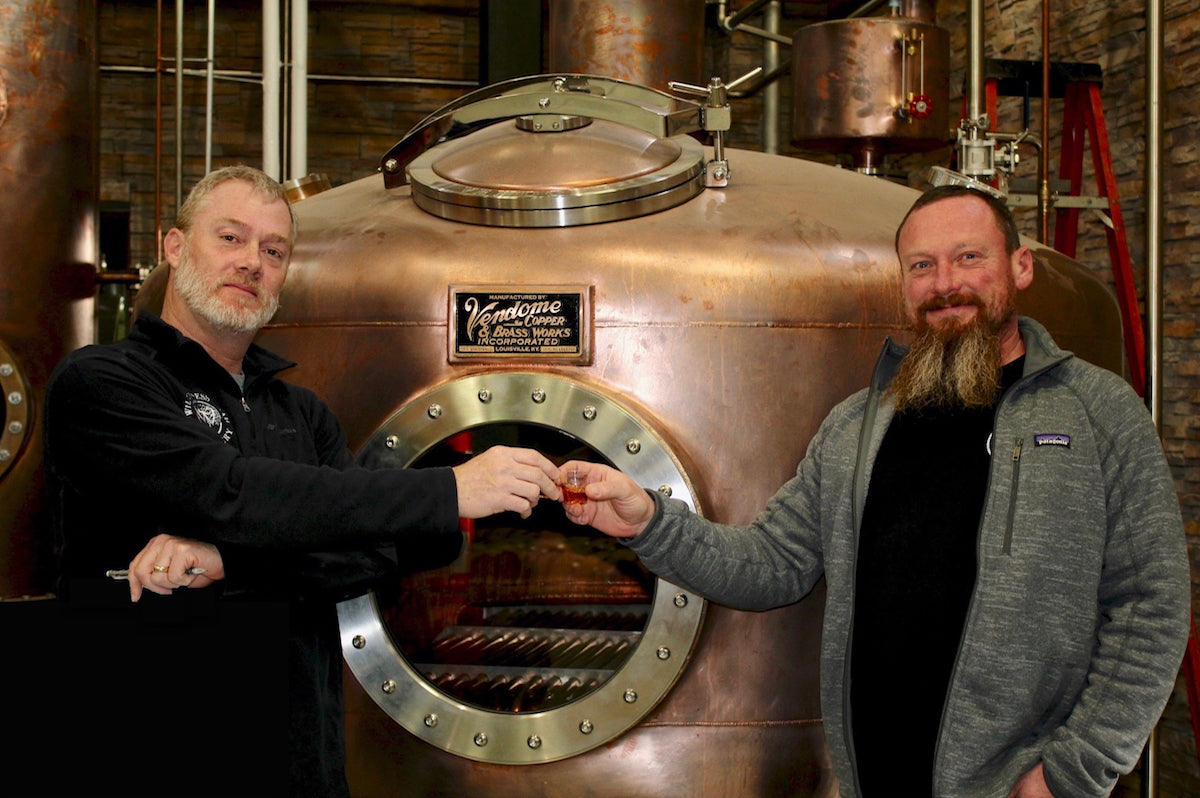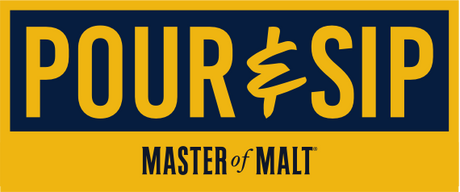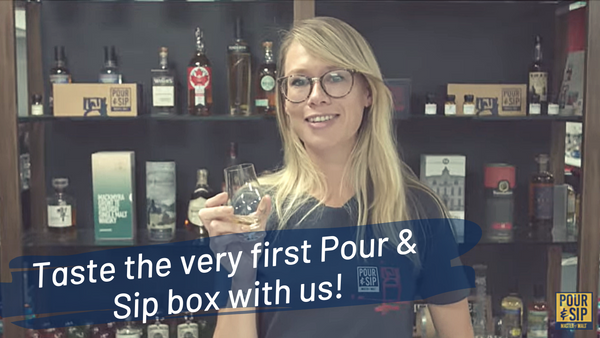What is sweet mash, and why does Wilderness Trail use it?

We spoke with Wilderness Trail co-founder Pat Heist about the delights of fermentation, and why the Kentucky distillery decided to go down the unusual route of using sweet mash.
If you’ve taken a look at your tasting cards this month (and I really hope you have!), you may have spotted something slightly unusual in your Wilderness Trail Cask Strength Rye, and that’s the use of sweet mash. You’ve likely heard of sour mash – big names such as Jim Beam, Heaven Hill, and Maker’s Mark shout about their use of it – but sweet mash? Probably not so much.
First, in order to delve into the pros and cons of sweet mash, you’ve got to look at sour mash. So I grabbed five minutes with Wilderness Trail co-founder Pat Heist to pick his brain, and talk about the distillery’s processes.
Sour mash vs. sweet mash
“Sweet mash is where you start with fresh water, yeast, and grains each time,” he begins telling me. “Sour mash is one of those things that doesn’t really have a legal definition.” So maybe not as simple as it seems.
“With sour mash, part of the water you’re using to make the mash (between 20-30%) is actually recycled material from a previous distillation,” says Heist. This is called stillage, and the benefits of using this are several fold. First and foremost, this is a byproduct that you’ve got to get rid of. “We make 400,000 litres of that stuff every day, but we’ve only got enough storage for one day’s worth,” Heist tells me. If you’ve got to get rid of it anyway, it makes sense to incorporate up to a third of it into the next batch. (Wilderness Trail gives its waste to local farmers to use as fertiliser.)

The second reason sour mash is handy is from an energy-saving perspective: “When that stuff comes off the still, it’s really hot, and your mashing process is also really hot. So you’re recovering that heat by incorporating that into the mash.” And, last but not least, consistency. Heist maintains it’s a myth that because a previous batch features in the next one, and the next one, and so on and so forth, that means each batch will be more similar and consistent. Really, the consistency comes from a lack of contamination and rogue bacteria. “The material that comes off the stillage that you’re using is acidic – 3.9pH. Whenever you acidify the mash, you reduce the potential for bacterial contamination.” Which means that sweet mash, without this acidic influx, is more susceptible to contamination.
Before Wilderness Trail
I know what you might be thinking. If I’m here to look at why Wilderness Trail uses sweet mash, why are we talking about how great sour mash is? Why would anyone use sweet mash, when sour mash seems to have all these benefits? What you don’t know yet is that, before Wilderness Trail, Heist and his business partner Shane Baker ran (and still run) a biotech company. Called Ferm Solutions, it sells yeast, enzymes, nutrients to hundreds of distilleries and breweries – from whiskey to kombucha, beer to soy sauce. Anything to do with fermentation, they’re going to know about it.

“We were the guys people called for help when they had bacterial contamination issues,” Heist tells me. They do business with around 600 different distilleries, so the duo knew before they started what issues other distilleries were having with fermentation, contamination, and all that, and most importantly, they knew what not to do. “We might see more problems in one day than a master distiller would see in their whole career if they stayed at one distillery.”
Why sweet mash?
So, why sweet mash? To begin with, it was a question of the size of Wilderness Trail. “When we started the distillery, we were only producing one batch every day, four or five days a week.” Then they’d go home, turn off the lights, and start over the next morning – so the stillage would be cold anyway by the time it was incorporated into the next batch. “A lot of new, smaller distilleries won’t do sour mash, because it adds more steps.”
As for some of the lost perks of sour mash, Heist notes that “we don’t get the advantage of being able to get rid of that stillage within our process, so that’s a problem.” But in terms of the heat recovery, the tanks in which the stillage sits while it waits for the farmers to come and collect it have coils in them. These collect the heat, which is used to generate hot water for production – so it’s not a total waste.
But there’s still the question of that lost acidity. The secret to avoiding the plight of contamination? “If you keep a really clean facility, then you don’t have to worry about it.” It turns out it’s all about simple, good practises. The funny thing is, Wilderness Trail made a big talking point around sweet mash, but Heist tells me that every distillery will have to run sweet mash batches every now and then (after a shut down, for example) because they won’t always have the backset to work with.

I wonder why sour mash has made such a name for itself, and sweet mash was somewhat left behind. “There’s only a handful of distilleries that use sweet mash [exclusively], and that’s probably because most of the old distilleries have been doing sour mashes for so long – they’re stuck with that based on how they’ve marketed themselves over the years. Some of them are afraid to make changes.” Heist is quick, however, to avoid drawing a divide between the two: “We’re not trying to say that there’s a problem with sour mash. Most of the whiskey in the world is sour mash!”
What does it mean?
So that’s what it means to be sweet mash on the production side of things – but what does it mean for the end product at Wilderness Trail? “One of the biggest things is that because our mash is a little higher pH, our distillate ends up being a higher pH. We bottle most of our whiskeys in bond*, or release them at cask strength up to 118 proof. It goes down really smooth for being such a high proof, and we attribute that to the higher pH of our distillate.”
Yes, sweet mash is a big talking point for Wilderness Trail, but Heist is well aware that it’s not the only factor contributing to the end product. “It’s hard to say why ours tastes like it does,” he acknowledges – but he knows that it’s great, and that’s why they keep doing what they’re doing.
*To be labeled bottled in bond, a whiskey must be the product of a single distiller in a single season—spring (January to June) or fall (July to December)—aged for a minimum of 4 years in a federally bonded warehouse, and bottled at 50% ABV.



